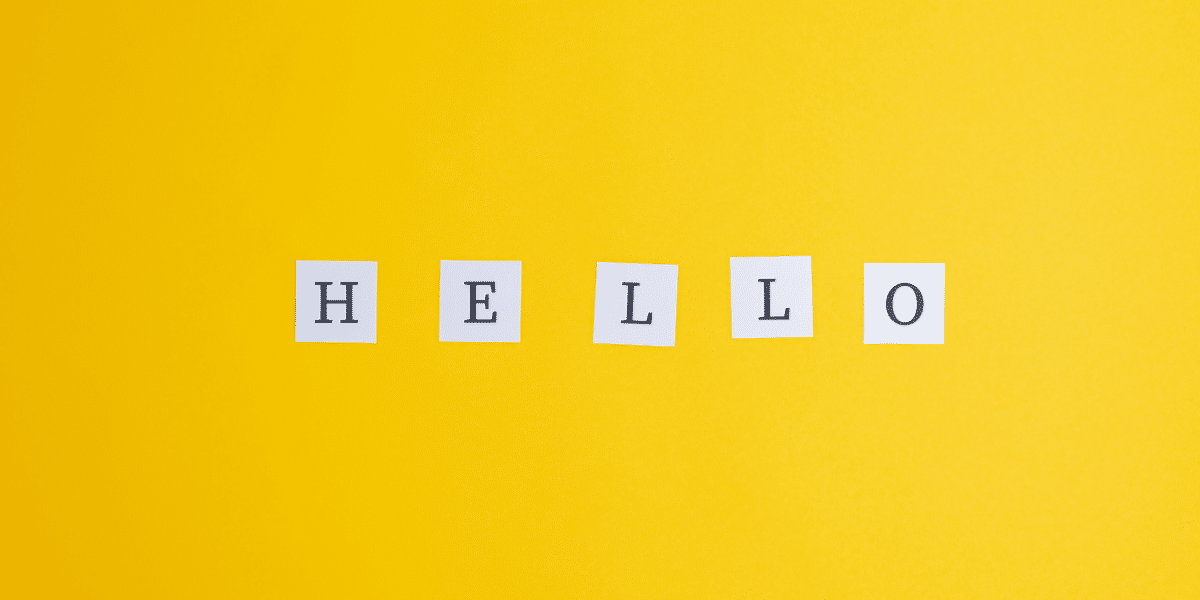Saying thank you can make the biggest difference in your customer relationships.
Research shows that not only do 64% of people find customer experience more important than price, but 68% of interviewees also said that a pleasant representative was key to their recent positive service experiences. Those are some impressive stats, and all the more reason to get creative with upping your customers’ satisfaction levels. While there’s plenty out there on how B2C businesses can show their appreciation, its importance in sales can get overlooked.
Chief among ways to show your gratitude? A well-written, impactful thank you letter after closing the sale can go such a long way. Many businesses out there miss this vital step, which can really build your company’s reputation, professionalism, and customer loyalty.
It’s great to know how to close a deal. It’s so much better to know how to close the deal and leave the door open for more. You may work with the same organization again, or be put forward for others suitable for your services. Giving thanks is powerful stuff.
Not sure where to start? We’ve got you covered. Writing a brilliant thank you letter after closing the sale is less intimidating than you might think. Here’s our guide to making that very last detail count.
Go for Digital, or Handwritten?
Handwritten letters or well-done emails, both have their place. For your more straightforward business customers, an excellent customer appreciation email will do what you need. Digital doesn’t have to be dry, and can even have more meaning than an impersonal mailout. Make things easy by setting up some solid templates as your starting point. TextExpander makes it effortless to write up your starter email that your teams can then personally customize. It’ll save time, and take the pressure off your sales pros to write perfect copy unaided.
Don’t forget that handwritten letters might be best for those bigger, more prestigious deals. These are organizations that you’d love to work with again, or who you trust to share your name with their network so you can thrive. Again, make sure to use a template as your starting point. Then decide on a proper letter or beautiful greetings card to send their way.

Choose the Right Recipient
First things first: who is your letter of thanks going to? Just like with choosing the right contact when approaching a lead, you’ll again need to make sure you’re directing your thanks to the right person. The first contact you spoke to might not be the one who is best served as your thank you recipient; someone who you worked with enough to be familiar, while also having responsibility that you’d like to recognize, is your best bet.
Say Hello, but in the Right Way
Decide on how formal you’d like the tone of your letter to be; did you have a warm, friendly dynamic, or was it a more “professional” feel throughout? For clients that you built a closer bond with, sending a very neutral-toned acknowledgment can feel a little cold and distant from your norm. Likewise, highly casual chat with an organization or team that you connected with less personally won’t read well either. Find the voice that matches your client to mirror your relationship. Here’s how to match forms of address in letters to the connection you have with the addressee.

Get the Details Right!
Double-check spellings, especially of people, throughout the process. Run your copy through a spelling checker or a tool like Grammarly, then verify the names mentioned throughout your letter manually.
Lead With Your Thank You, and Keep It Simple
Once you’ve opened with something along the lines of, “I hope this finds you well…”, be sure to move on to saying thank you in a way that respects their time. “We’d like to say thank you for partnering with us on the __ project” is a great option to personalize. It’s tempting to waffle, but there’s a balance that can be found. We suggest saying thank you and succinctly linking it to your mission statement. We’re all passionate about what we do but avoid any lengthy deep-dives. Instead, aim to find a way to connect your work with them to something bigger, without going overboard.
Get Specific Where You Can
Make the most of the details you’ve picked up on throughout your collaboration, by including any personal knowledge they’ve shared with you already. We’ve written before about the importance of making notes when it comes to building relationships with leads, so be sure to acknowledge any connections from your contact together. Use this as a time to recognize them as an individual, not just a generic “customer”.

Say Thank You, and Be Sure to Leave an Opening for the Future
Round off your message with another thank you, and be sure to give the sense that this is a relationship that could reignite if circumstances allow. So many sales teams miss out on future business opportunities by simply seeing a deal as done and dusted. A closer that invites them to stay in touch, or “our door is always open should you need us in the future”, is a way to stay present in their mind should something arise.
We’d love to hear your tips on how to say thank you after closing the sale – hit the comments below and let us know, and while we’re here – we’d like to say a thank you to you, too!
Not able to play the video? Click here to watch the video

